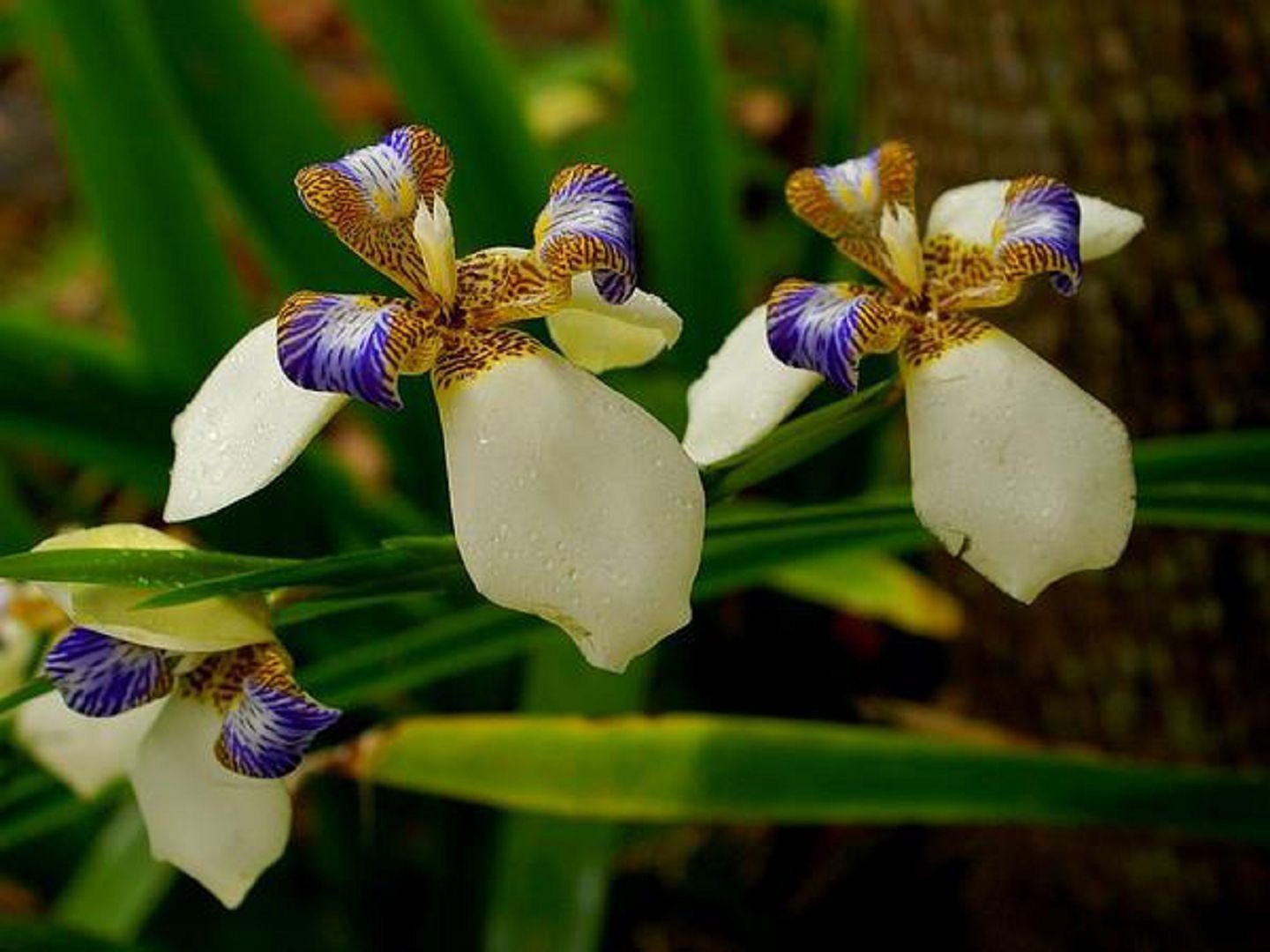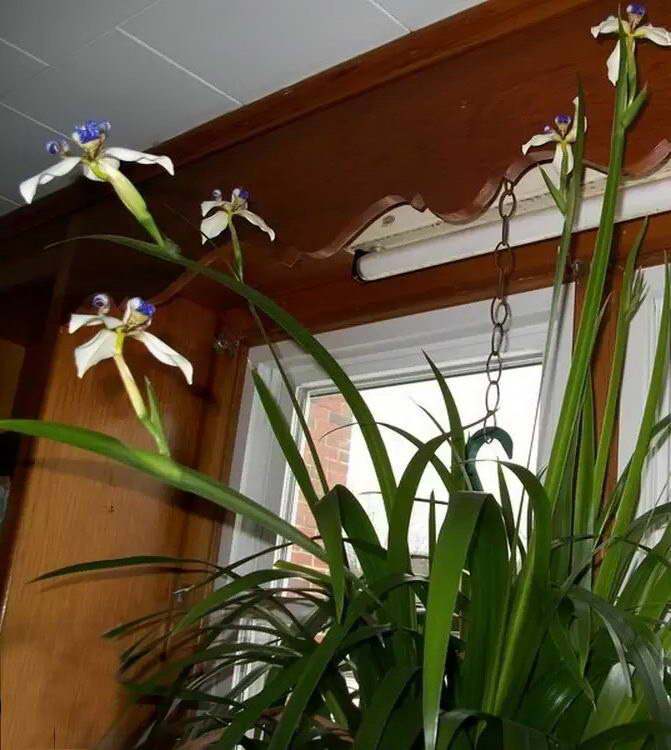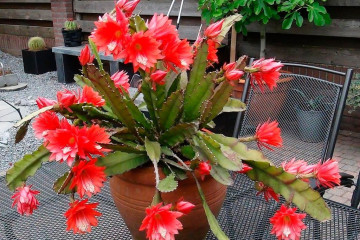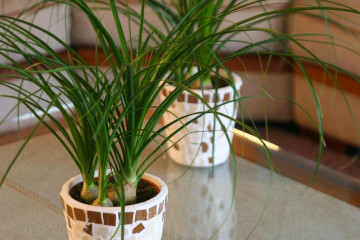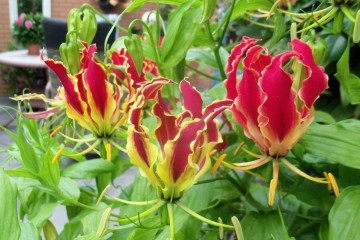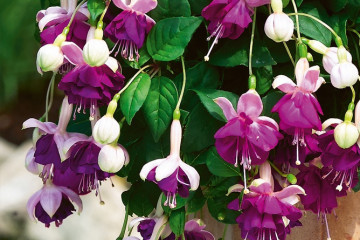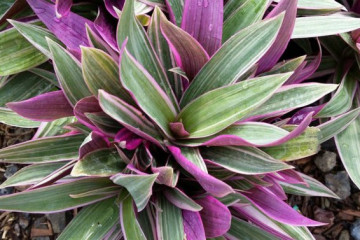Neomarika walking iris: home care and examples of popular varieties
Content:
Neomarika (walking iris) is an unusual plant culture that ennobles summer cottages. In addition, it does not require separate growing conditions. To understand how to care for a plant, you need to familiarize yourself with its species.
The main varieties of indoor iris
Neomarika iris is a perennial home flower. The following plant varieties are distinguished:
- slender. It is distinguished by its small size and rich green leaves. Height up to 60 cm;
- northern. The inflorescence is lavender with flat leaves. Inflorescence length up to 10 cm;
- yellow. Hybrid subspecies, characterized by voluminous yellow buds;
- variegated white neomarica. Has variegated sheets with white stripes. The color of the buds is white interspersed with a blue tint.
Neomarika: home care
Walking iris does not require special attention to itself, but this does not completely negate preventive procedures. The abundance of flowering depends on proper care.
Watering
The plant culture needs regular moisture, so it needs to be watered every 2-4 days in the summer. With the onset of cold weather, the frequency of procedures can be reduced to 1 time per week.
Humidity
For the stable development of the culture, an average indoor air humidity is required. The optimal indicator for caring for neomarika is up to 65%. This approach will provide normal conditions for the development of inflorescences and prevent the formation of fungus on them. In summer, when it is hot outside, it is recommended to irrigate the leaves of the plant with water. This will help maintain a stable moisture level. In winter, such procedures are not carried out.
The soil
Walking neomarica for home cultivation is considered an unpretentious plant. This applies to both the choice of soil for planting, and the room, location and lighting. Experienced gardeners recommend planting it in a special mixture available at any flower shop. It contains all the necessary components for normal development.
Temperature
In order for neomarika to bloom well in spring, she needs to provide a sufficiently cool winter. Optimum performance for this period is 5-8 ° C. It is better if the plant is in a lighted room.
In summer, the acceptable temperature is 23 ° C. At higher rates, flowering may slow down.
Lighting
Gardeners recommend placing the iris pot in well-lit rooms. This will help the flower bloom faster. Particular attention should be paid to light in winter. If there is no bright room, you can use special lamps.
Plant transplant
In order for the plant to develop well, it must be transplanted into a larger pot every year. The procedure is carried out as follows:
- Pour the flower pot with plenty of water.
- Wait a few hours.
- Remove the bush from the pot, carefully examine it. If there are putrefactive fragments, they must be cut off.
- Pour soil mixed with sand into a clean pot.
- Lower the flower into the pot and tamp the earth.
After that, you need to pour a lot of water over the neomarika.
Reproduction methods
Iris walking (neomarika) reproduces in several ways. Each of them has its own characteristics.
By dividing the bush
A common breeding option. How to carry out the procedure:
- Divide the large bush into parts, plant the resulting branches in different pots.
- Water the plants with plenty of water.
Rooting babies
Rooting children is a rare option for breeding neomariki. To do this, use the seeds collected from the inflorescences. They should be planted in soil mixed with sand and left in a well-lit room.
Neomarika (walking iris) is a beautiful plant. For its productive growth, it is worth following the rules of care and carrying out a transplant in a timely manner. This will help avoid serious illness.
